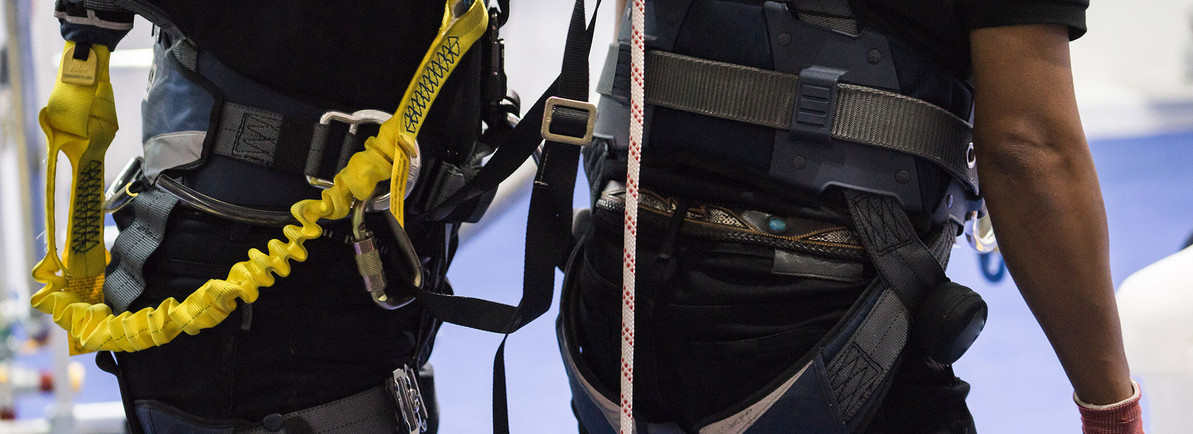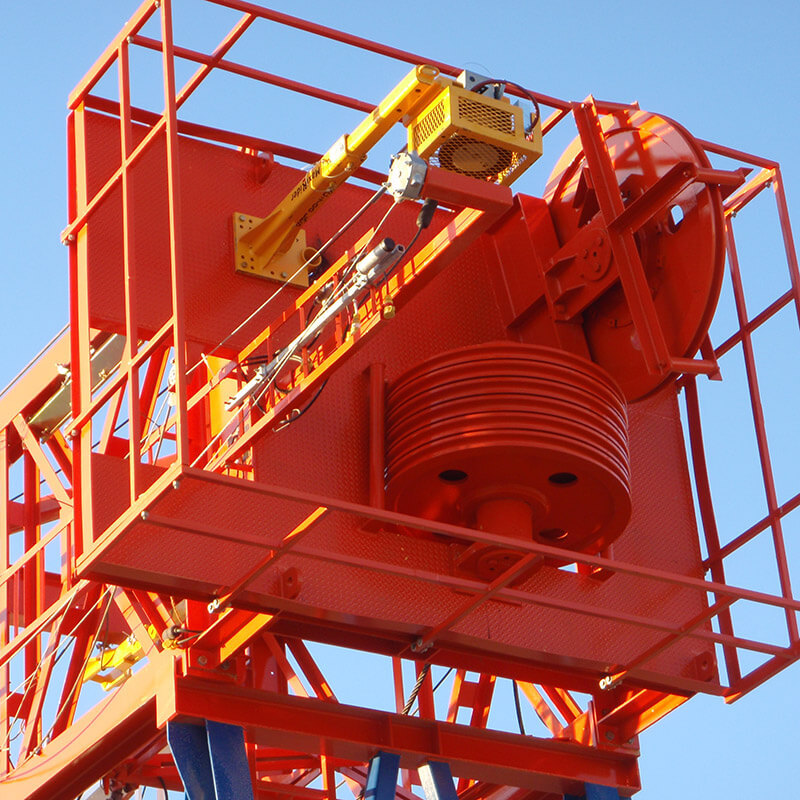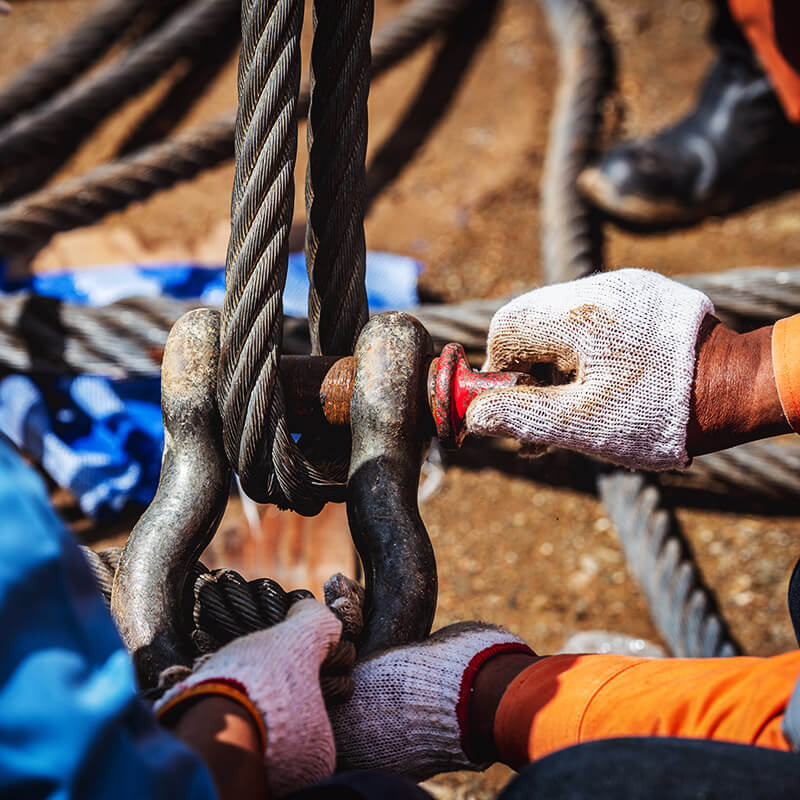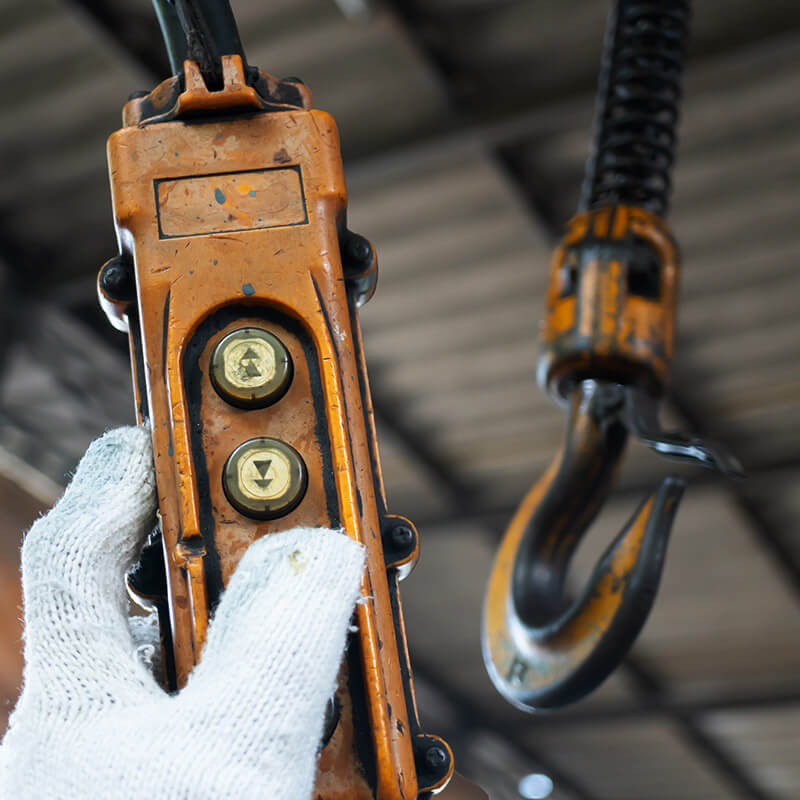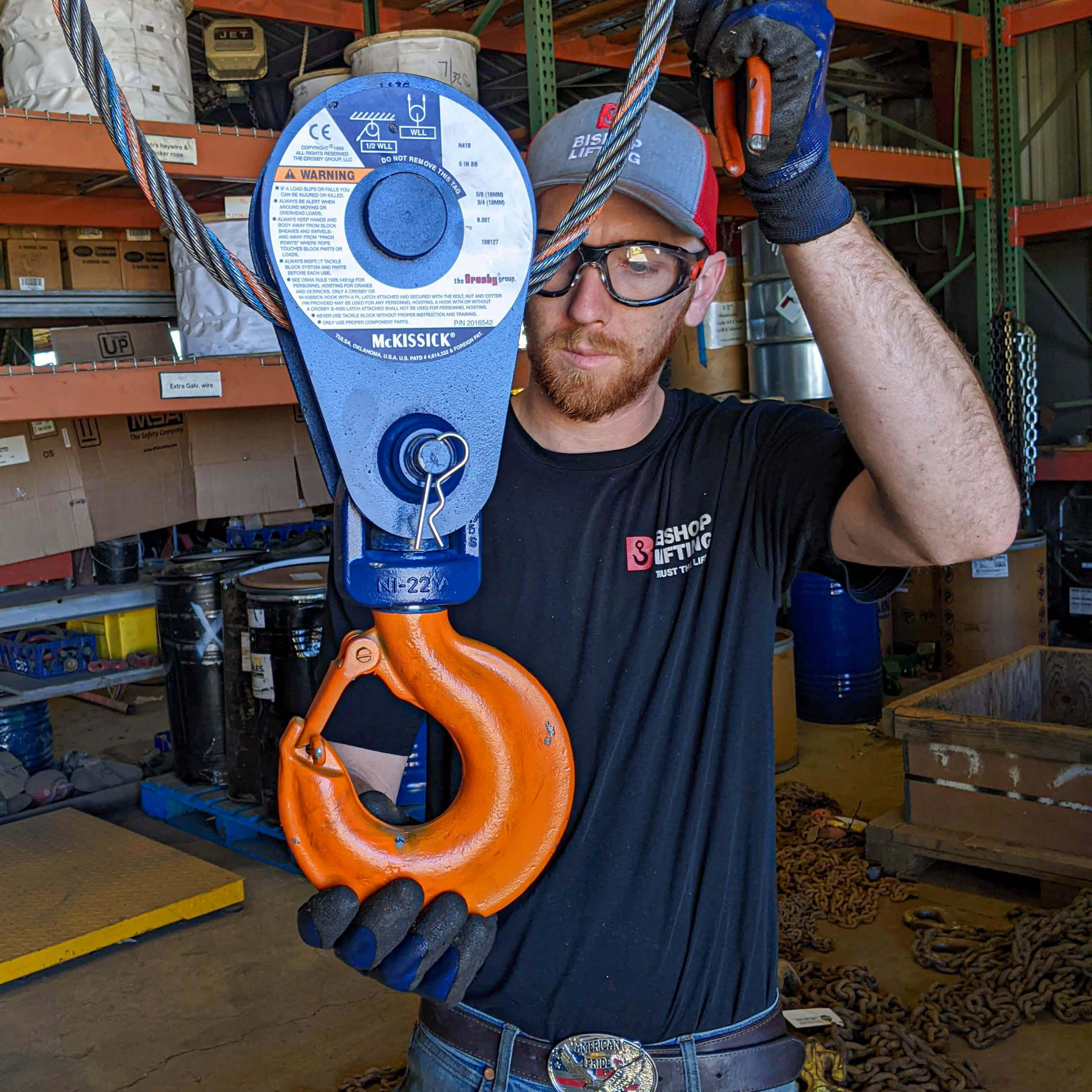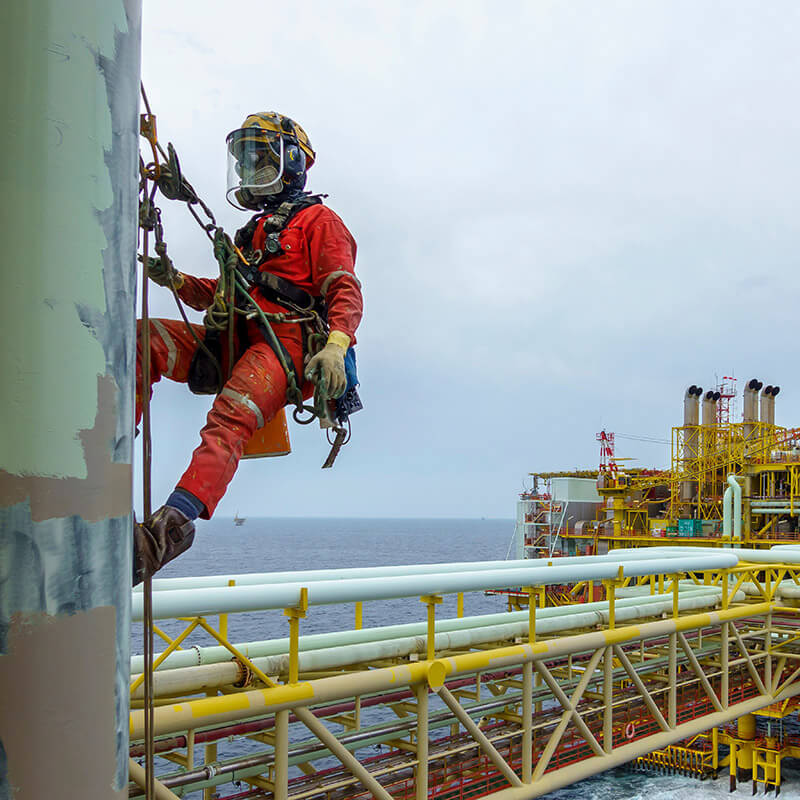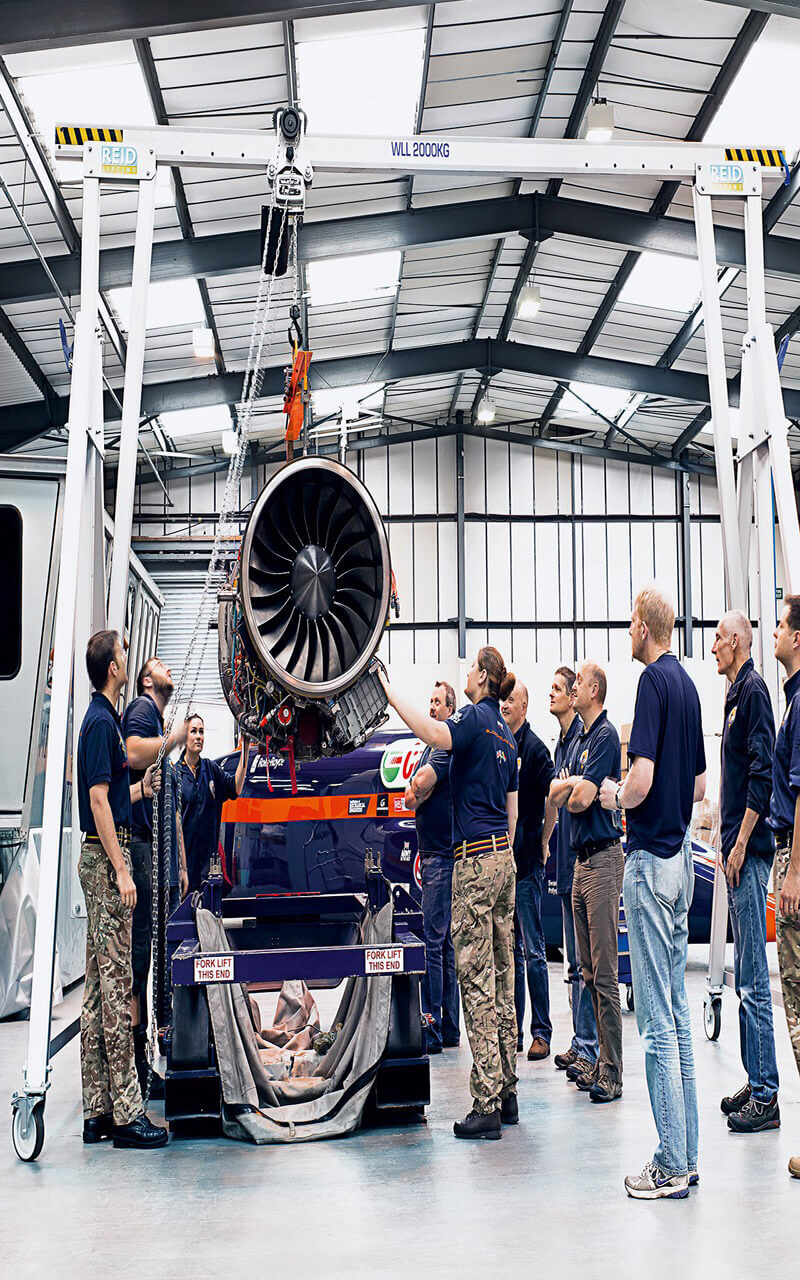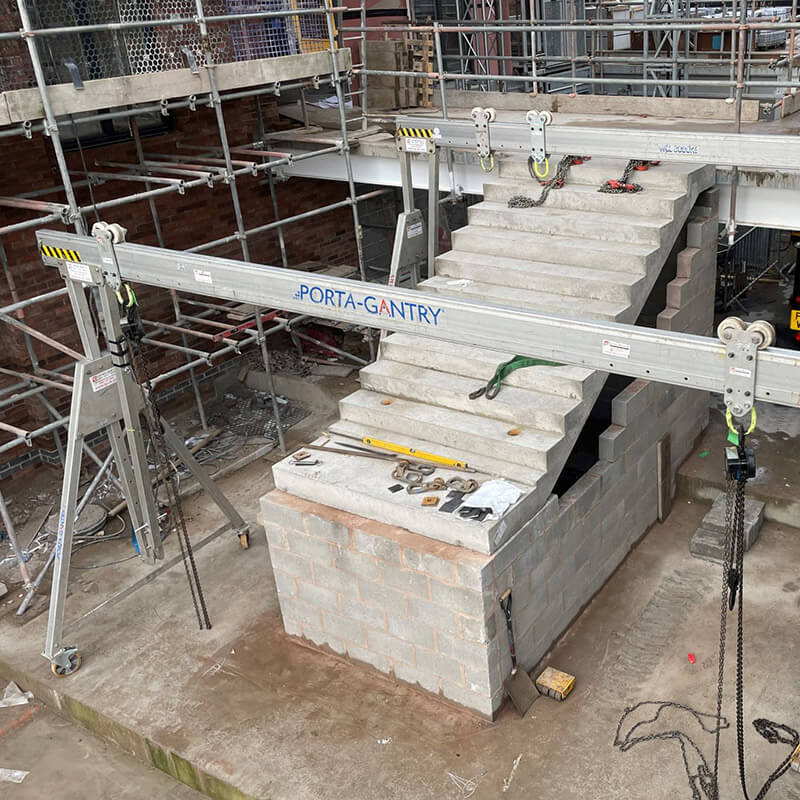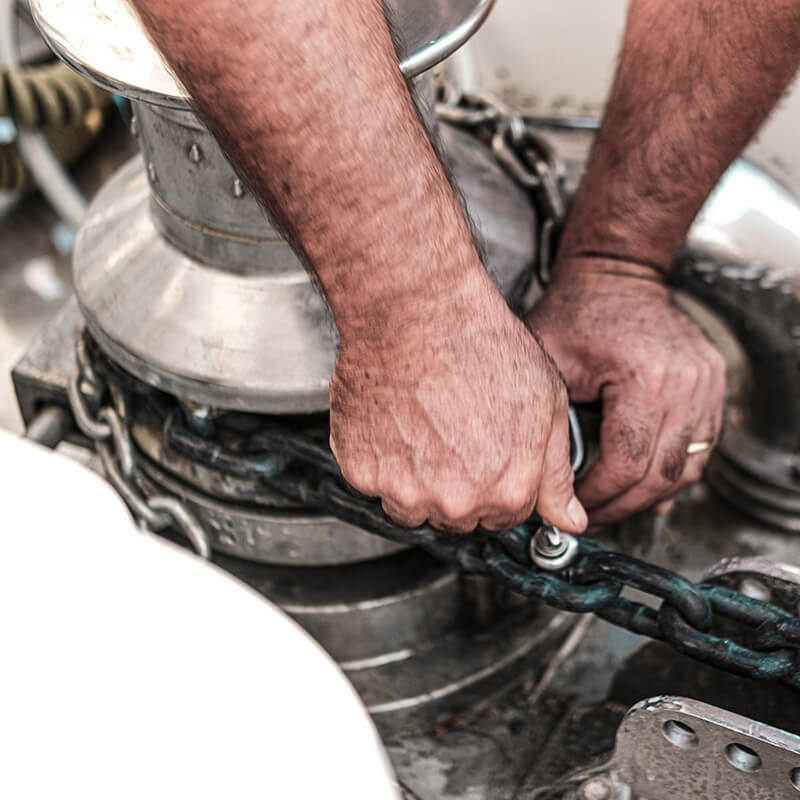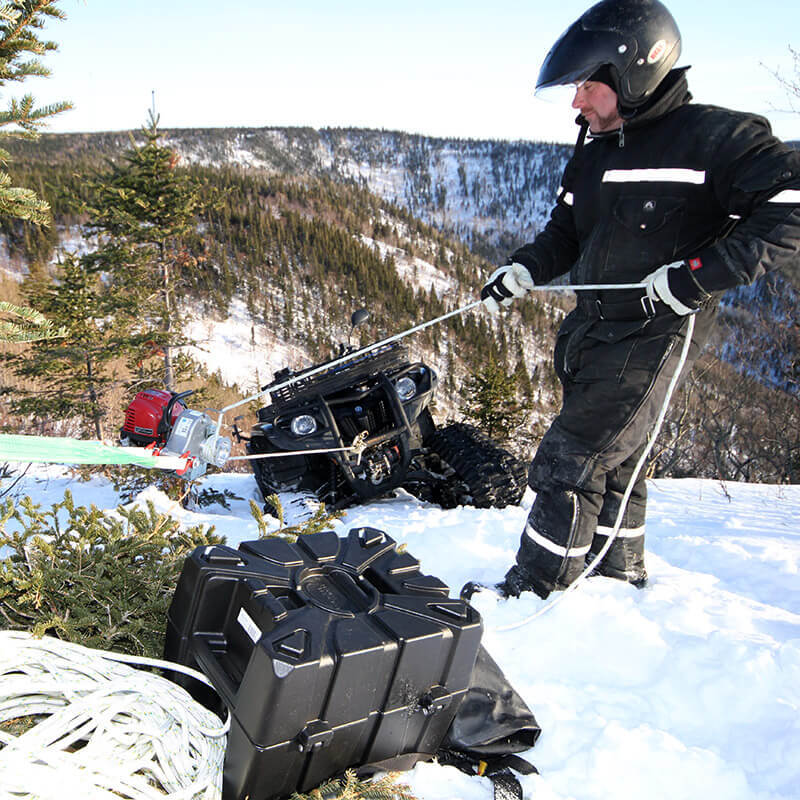What Are the Four Components of a Fall Protection System?
Fall protection systems are essential in many industries where working at height is part of the job. Understanding these systems and how each component works is critical to protecting workers and ensuring regulatory compliance. OSHA and ANSI provide clear standards for fall safety, while organizations like ASME focus more on related rigging and lifting equipment.
Key Takeaways
- Fall protection systems consist of four primary components: anchorage, body support, connectors, and deceleration devices.
- Each part plays a unique role in minimizing fall risks and ensuring worker safety.
- These systems are not just gear—they’re a commitment to a safe, compliant work environment.
Why Fall Protection Systems Matter
Understanding Workplace Fall Hazards
Falls are one of the leading causes of serious workplace injuries and fatalities. Hazards may include unstable working surfaces, unprotected edges, holes in floors, and improper use of ladders or scaffolding. Implementing a comprehensive fall protection system is a proactive step toward eliminating these risks.
The Role of OSHA and ANSI Standards
The Occupational Safety and Health Administration (OSHA) and the American National Standards Institute (ANSI) establish critical safety guidelines for fall protection. OSHA 29 CFR 1926.502 and ANSI Z359 outline requirements for fall arrest systems, equipment ratings, and inspection protocols. While ASME does not directly regulate fall protection gear, its standards apply to many lifting and rigging products used in conjunction with these systems.
The 4 Components of a Fall Protection System
1. Anchorage Points
Anchorage points are secure locations used to attach fall protection systems. These must be capable of supporting at least 5,000 pounds per attached worker, as per OSHA regulations. They are typically fixed structures like steel beams or certified anchor systems.
2. Body Support (Full-Body Harness)
The full-body harness distributes fall forces across the worker’s shoulders, thighs, and pelvis. Proper fit is crucial for both comfort and effectiveness. A harness is the central component that keeps the worker upright in the event of a fall.
3. Connectors
Connectors link the harness to the anchorage point. These include lanyards, carabiners, rope grabs, and self-retracting lifelines. All connectors must meet ANSI strength and performance requirements.
4. Deceleration Devices
Deceleration devices, such as shock-absorbing lanyards and retractable lifelines, slow the fall to reduce the impact on the worker’s body. They are critical for reducing injury in the event of a fall.
Inspection and Maintenance
Fall protection systems must be inspected before each use and at least annually by a competent person. In high-use or high-risk environments, more frequent inspections may be necessary. Damaged or worn components must be removed from service immediately.
Conclusion
Every component of a fall protection system plays a pivotal role in workplace safety. Adhering to OSHA and ANSI standards ensures your system is compliant, reliable, and effective. Whether you're in construction, telecom, wind energy, or general industry, investing in quality fall protection is an investment in your team’s safety and productivity.
Looking to upgrade your fall protection system? Browse our full selection of fall protection gear from the top brands like Palmer Safety or contact our team for expert guidance.
Frequently Asked Questions
What are the four components of a fall protection system?
The system includes anchorage points, body support (harness), connectors, and deceleration devices.
What happens if fall protection isn’t used correctly?
Improper use can lead to serious injury or death. Employers may also face legal and financial consequences due to noncompliance.
What is the function of a safety harness?
A safety harness distributes fall forces across the body and helps keep the worker upright during a fall.
What does an anchorage point do?
It serves as the secure attachment point for the system. OSHA requires it to withstand at least 5,000 lbs per worker attached.
What are connectors in a fall protection system?
Connectors are devices such as lanyards and carabiners that link the harness to the anchorage point. They must meet stringent ANSI and OSHA load requirements.
What are deceleration devices?
These include shock absorbers and self-retracting lifelines that slow the fall and reduce impact.
Are there specific standards that must be followed?
Yes. OSHA and ANSI (Z359 series) outline detailed requirements for fall protection systems in the U.S.
How often should fall protection gear be inspected?
Before each use and at least annually by a competent person. Remove immediately if worn or damaged.
Which industries require fall protection systems?
Construction, roofing, wind energy, telecom, maintenance, and any work involving height risk require fall protection.
Maxirider the New Standard in Personnel Lifting
Aug 28th 2025
What Equipment is Used for Rigging?
Aug 20th 2025
What Are Hoists Used For?
Aug 14th 2025
What is a Snatch Block?
Aug 5th 2025
How Long is a Fall Protection Harness Good For?
Jul 31st 2025
What is the Difference Between Overhead and Gantry Cranes?
Jul 21st 2025
What is a Gantry Crane?
Jul 14th 2025
What is the difference between capstan and windlass winches?
Jul 10th 2025
What is a Capstan Winch?
Jul 7th 2025

